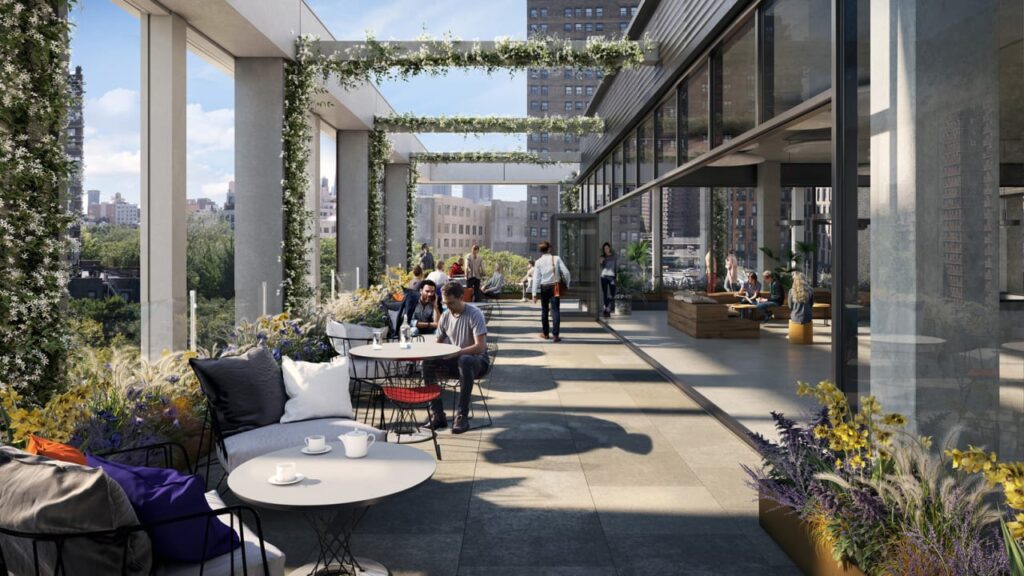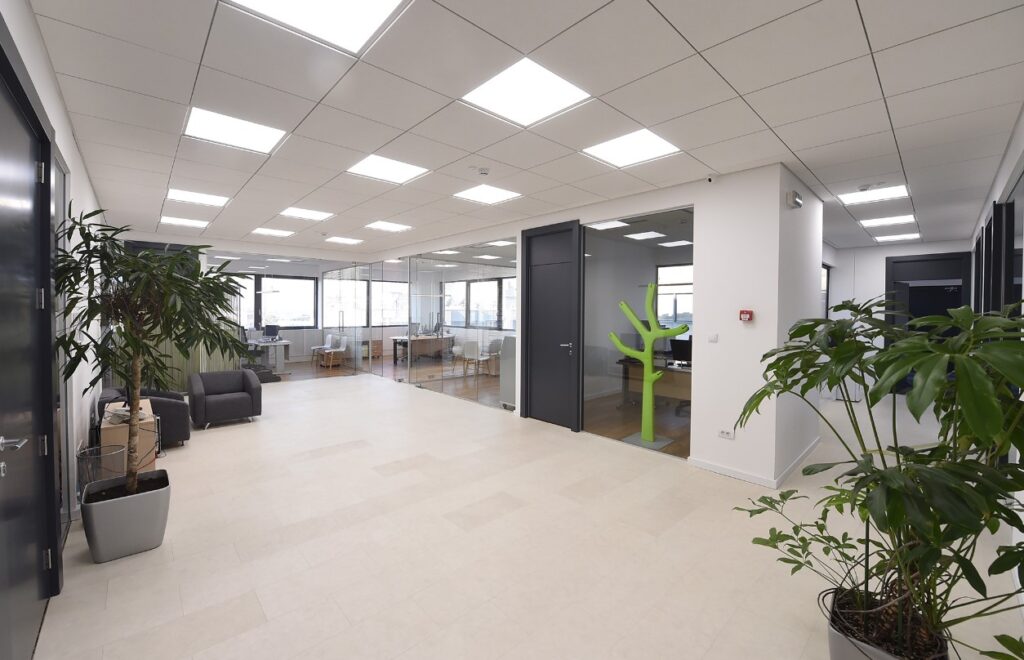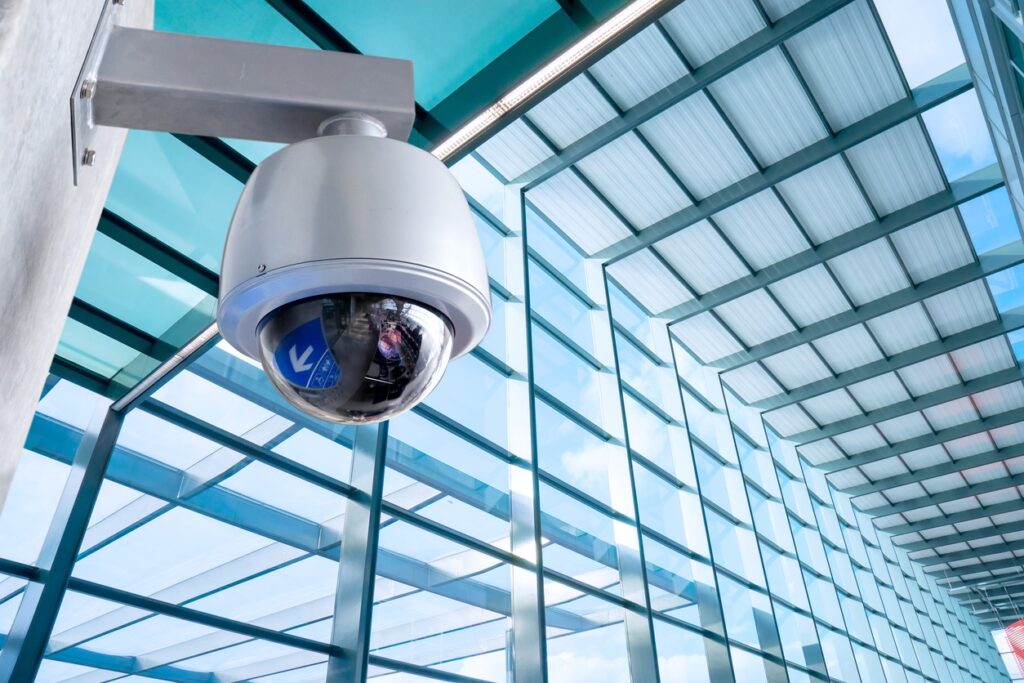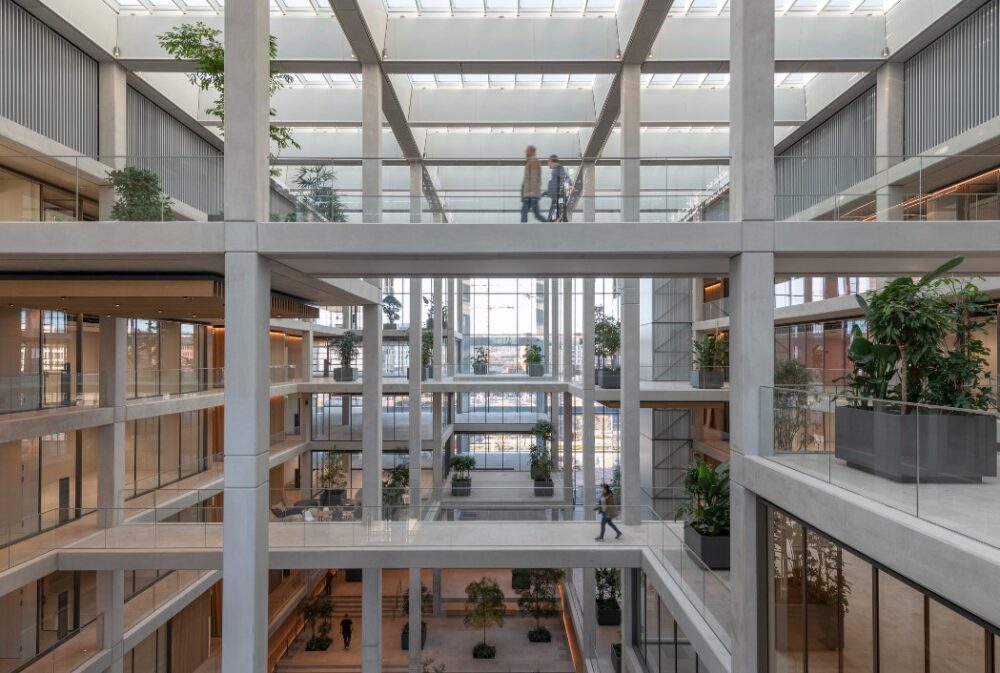Office buildings serve as the hub of business activities, accommodating numerous employees and visitors on a daily basis. Ensuring the safety, functionality, and efficiency of these buildings is paramount. A detailed inspection of office buildings plays a vital role in identifying potential issues, addressing maintenance needs, and optimizing their overall performance.
In this article, we will delve into the importance of conducting thorough inspections of office buildings in Australia.
Office buildings are more than just bricks and mortar; they are the epicenter of modern commerce and productivity. Ensuring the safety, functionality, and efficiency of these structures is paramount to the well-being of occupants and the success of businesses.
Comprehensive inspections play a pivotal role in achieving these objectives, covering various aspects ranging from safety compliance to energy efficiency. In this article, we will explore the importance of comprehensive inspections in office buildings and dive into a specialized inspection method known as rope access.
Compliance with Safety Regulations

Source: fastcompany.com
The safety of occupants should always be the highest priority in office buildings. Compliance with safety regulations and standards is a non-negotiable requirement. Regular inspections are the cornerstone of ensuring adherence to these safety measures. This includes rigorous checks on fire safety measures, emergency exits, sprinkler systems, electrical wiring, and the overall structural integrity of the building.
Fire safety is a critical component of any inspection. Office buildings need to be equipped with functional fire alarms, sprinkler systems, fire extinguishers, and smoke detectors. Regular inspections help identify any deficiencies or malfunctioning equipment, enabling swift corrective actions. This proactive approach reduces the risk of fire-related accidents, injuries, and extensive property damage.
Emergency exits are another vital aspect of safety inspections. These exits must be easily accessible, clearly marked, and free from obstructions. Inspections ensure that all emergency exit doors function correctly and that exit routes are well-lit and easily navigable. In the event of an emergency, occupants must be able to exit the building swiftly and safely.
Structural Integrity
Over time, office buildings undergo wear and tear due to constant usage and exposure to the elements. Inspecting structural elements such as walls, floors, ceilings, and foundations is crucial to detect signs of deterioration, water damage, or structural weaknesses. Timely identification of these issues allows for quick repairs or renovations, preventing further damage and ensuring the longevity of the building.
Structural inspections are particularly vital in regions prone to earthquakes or adverse weather conditions. They help identify vulnerabilities and reinforce the building’s structural integrity to withstand potential disasters.
HVAC and Ventilation Systems
Efficient heating, ventilation, and air conditioning (HVAC) systems are fundamental for maintaining a comfortable and productive work environment. Inspecting HVAC systems ensures they are operating optimally, with clean air filters, balanced air distribution, and proper temperature control. Regular professional maintenance and cleaning of these systems improve energy efficiency, indoor air quality, and employee well-being.
Electrical and Plumbing Installations

Source: rnc.rs
Thorough inspections also encompass the assessment of electrical and plumbing installations in office buildings. Electrical inspections check for faulty wiring, overloaded circuits, and potential fire hazards.
Hydraulic inspections identify leaks, and water pressure issues, and ensure proper drainage. Promptly addressing these issues prevents electrical accidents, water-related damages, and costly repairs in the future.
Energy Efficiency
As sustainable development gains prominence, energy efficiency becomes a key focus in office building inspections. Evaluating insulation, windows, lighting systems, and energy consumption patterns helps identify areas for improvement.
Implementing energy-saving measures, such as installing LED lighting, optimizing insulation, and replacing appliances with energy-efficient ones, can significantly reduce energy costs and the building’s carbon footprint.
Accessibility
Office buildings should meet accessibility standards to ensure equal access for all individuals, including those with disabilities. Inspections include evaluating ramps, elevators, parking spaces, restrooms, and other facilities to ensure they comply with accessibility requirements. This promotes inclusivity and ensures compliance with relevant regulations.
Security Systems

Source: ibswebsite.com
Security is a top concern for office buildings. Inspections focus on security systems, including surveillance cameras, access control systems, and alarm systems. Regular checks ensure the proper functioning of these systems, minimizing the risk of unauthorized access, theft, or other security breaches.
Upgrading security systems based on inspection results enhances overall building security and the safety of its occupants.
Environmental Factors
Environmental factors, such as air quality, mold, and asbestos, can significantly impact the health and well-being of building users. Inspections examine these factors, identifying potential sources of pollution, ensuring proper ventilation, and conducting tests for mold and asbestos presence. Timely repairs and maintenance prevent health issues and provide employees with a healthy working environment.
Aesthetic Appeal
While functionality and safety are paramount, the aesthetic appeal of an office building should not be overlooked. Inspections may include evaluating the condition of interior finishes, lighting fixtures, and common areas.
Addressing cosmetic issues, such as peeling paint, worn carpets, or outdated décor, improves the overall impression of the building and enhances the working environment. A visually appealing workspace can have a positive impact on employee morale and productivity.
Rope Access ─ A Specialized Inspection Method

Source: integrityndt.com
In the realm of comprehensive office building inspections, a specialized method known as rope access has gained prominence. Rope access is a versatile technique that allows trained technicians to access and inspect difficult-to-reach areas of a building’s exterior. This method offers several advantages:
- Versatility ─ Rope access can be used to inspect areas such as facades, windows, roofing, and high-rise structures, where traditional access methods like scaffolding or aerial lifts may be impractical or expensive.
- Cost-effective ─ Rope access often proves to be more cost-effective than traditional access methods, as it requires minimal equipment and setup time.
- Non-intrusive ─ Rope access minimizes disruptions to building occupants and surrounding areas, making it a practical choice for inspections in busy urban environments.
- Safety ─ Technicians undergo rigorous training and adhere to strict safety protocols when using rope access techniques, ensuring the safety of both inspectors and building occupants.
- Comprehensive assessment ─ Rope access allows for a comprehensive assessment of a building’s exterior, including identifying structural issues, façade damage, and the need for maintenance or cleaning.
Conclusion
Comprehensive inspections of office buildings are essential to ensure safety, functionality, and efficiency. Covering a wide range of aspects, including safety compliance, structural integrity, HVAC and ventilation systems, electrical and plumbing installations, energy efficiency, accessibility, security systems, environmental factors, and aesthetics, these inspections provide a thorough assessment of the building’s condition.
Investing in regular inspections is a proactive approach that ultimately leads to the longevity, productivity, and success of office buildings. Rope access, as a specialized inspection method, enhances the efficiency and comprehensiveness of these inspections, particularly for hard-to-reach areas.
By prioritizing safety, sustainability, and overall building quality, property managers and owners can create a conducive environment for employees, reduce operational costs, and ensure the long-term viability of their office spaces. In today’s competitive business world, this commitment to excellence can be a crucial differentiator in attracting and retaining tenants.
The article is written in collaboration with Rope Boys – Rope Access Window Cleaning.

















